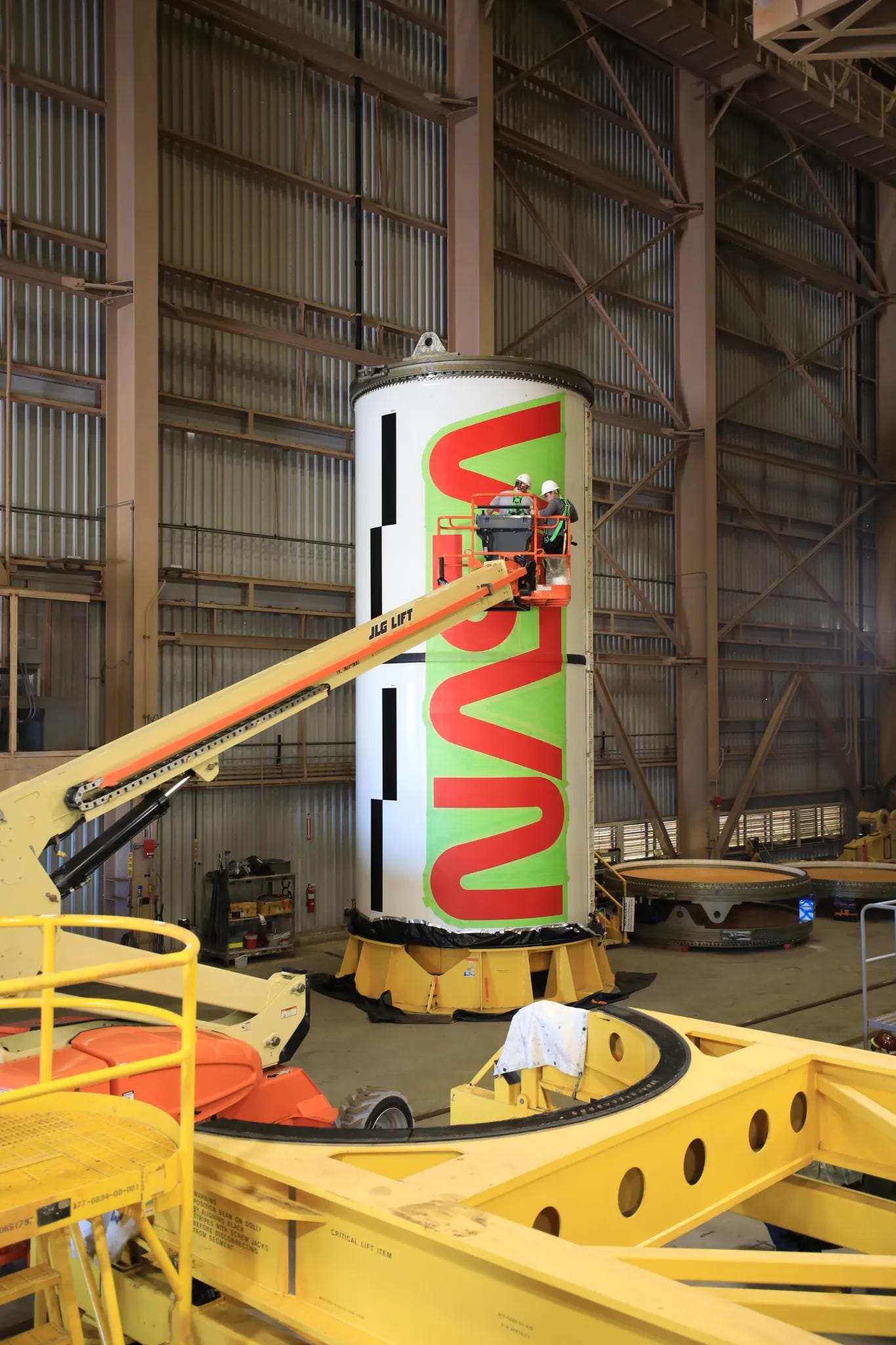Eldritch robots, worm logo, space drugs
Mindless automatons aren't so mindless, NASA understands the logo love and space-grown pharma is on its way back down to Earth 💊
A lot of stuff happened this week, including robots being terrifying, WeightWatchers doing themselves absolutely zero favours and NASA giving the people what they want. This edition of the newsletter is LIST ONLY. Enjoy!
I love reading the Century of Biology newsletter, even if a good amount of it goes over my head in terms of the science. Picked up a mad stat from the last issue that venture capitalists invested over $1b in CRISPR startups in 2021 alone. According to author Elliot Hershberg, the gene editing process is “the root of an entire technology tree”. Lovers of civ strategy games will appreciate that.
There were some truly spectacular backfires from brands and organisations this week, including:
WeightWatchers’ bizarre ‘Ozempic hype house’ – a day-long influencer event that invited content creators to bust misconceptions of GLP-1 medications and also take selfies with giant injector pens. Shares hit a 52-week low following this. Their Insta bio copy is also…. a choice….
And the British Museum, after years of controversy around the Parthenon Marbles, decided the best thing to do would be to host a runway show next to them. Greece was, understandably, pissed.
NASA seems to know where it’s at, bringing back its much-loved ‘worm’ logo for its Artemis II mission round the moon. Here it is, painted on the side of the rocket and looking gorgeous. More on how they did it HERE.
BTW, if you like that logo, there’s a whole book coming out dedicated to iconic band logos and including some facts that may, or may not, take the shine out of them. (Blur apparently referenced a well-known brand of tumble-dryer sheets for theirs).
And while NASA seems to understand the power of design, there’s a sense that other companies are beginning to forget. This long-read from FastCo discusses how a generation of design leaders are feeling collective uncertainty around their individual future, as well as the value business puts on design as a whole.
OpenAI is now worth $80b.
Space pharma company (what a descriptor) Varda just brought its first capsule back to Earth, packed with crystals of an antiviral drug grown in orbit.
Tech bros are likely quaking in their shoes at Kara Swisher’s Burn Book. She’s been covering Silicon Valley for 30 years, so by this point probably has plenty of piping hot tea to spill.
And the rest of us can feel scared by this footage of 1X’s robots in action. Forgetting their horrific perma-smiles for a moment, it’s interesting to read vice president Eric Jang’s comments on what’s working and what’s not, as well as the full story behind the video.
Robots also feature in Y Combinator’s Request for Startups list - they want to invest in companies building software that helps people make robots, as well as companies building robots themselves. According to them, the future of robots is B2B (eg. inspection robots and autonomous tractors).
Last robot link: Knightscope (what a name) is a company that makes autonomous security robots, including one little guy that bumbles about detecting people and thermal anomalies, and is capable of ‘force multiplying physical deterrence’. Someone at this company definitely loves Robocop.
Home wellness is a huge sector - think infra-red masks and zip-up sauna blankets. This Fashionista article does a good job of explaining what’s going on, but doesn’t 100% get to the bottom of whether TikTok crazes around personal devices are translating into big sales.
In London, the BT Tower – once the tallest building in the city – is being turned into a hotel. Thomas Heatherwick is behind it, and your opinion on that probably depends on whether you’ve been imprisoned on a sweltering, closed-window Heatherwick bus before.
Veja has opened a repair shop in Paris, tapping into a bigger trend of brands offering resale and repair so we can all, hopefully, send less garments into landfill.
Love this long-read on my fav browser, Arc. Chrome is dead to me.
And The Verge writes about Slack changing the nature of work. Sadly, no-one has yet solved the fact that modern work and life has become an overwhelming barrage of digital notifications.
Livestream shopping platform Ntwrk just bought Complex Media, and for less than half of what Buzfeed paid three years ago. Business of Fashion calls Ntwork the ‘QVC of the YouTube generation’.
What did Isaac Asimov get right about the future? Well, almost everything, but his thoughts on robots feel particularly relevant with AI in mind.
“They will create more jobs than they’ll kill but they’ll be different jobs, and the people whose jobs are lost may not easily be educable into new jobs. We are going to have to accept an important role, society as a whole, in making sure the transition period from the pre-robot technology to post-robot technology is as painless as possible. We have to make sure that people aren’t treated as though they’re used up dishrags.”
And on the other end of the spectrum of predicting the future, former Microsoft Managing Director Steve Ballmer has GOT to be embarrassed by telling everyone that the original iPhone was too expensive, and that business customers wouldn’t like it because it didn’t have a keyboard.
Hit the subscribe button below, and I’ll be back next week.








